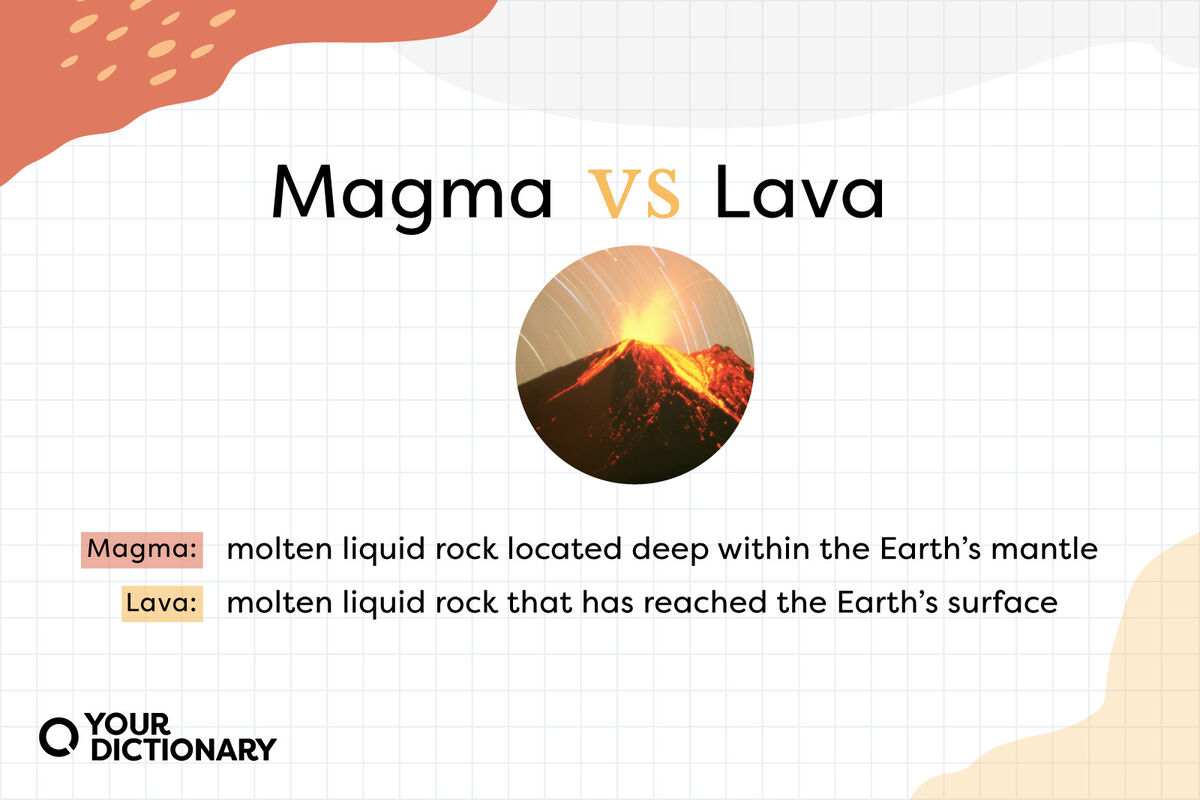
Volcanoes are awe-inspiring geologic wonders, and most people associate them with the molten hot liquid that spews out of them. Some people call it magma, and others call it lava, but which is correct?
Defining the Difference Between Magma and Lava
While they are completely different words, magma and lava are substantively the exact same thing. They both refer to molten liquid rock, rolling underneath us, flowing out of volcanoes, and forming the world’s landmasses. So why the differentiation? Mostly, location.
Magma Is Inside
Magma is liquid rock located deep underground. It makes up much of the Earth’s middle layer, known as the mantle. Both magma and lava are made up of various minerals, mostly silicon dioxide with smaller percentages of carbon dioxide, sulfur and water vapor.
Lava Is Outside
Lava is magma that has broken through the Earth’s crust and reached its surface. Lava may also refer to the hardened rock that forms when lava cools, which is no easy feat. Lava can be about 1200-2200°F. For reference, cast iron melts at about 2200°F, and human skin sustains first-degree burns at 118°F.
Magma and Lava: Word Origins
Magma comes from the Ancient Greek magma, meaning “thick unguent or ointment.” This comes from the root word massein, meaning “to knead or mold.”
Lava comes from the Italian lava, meaning “torrent or stream.” The root word here is lavare (to wash).
Sentence Examples Using Magma and Lava
The fact is, unless you’re talking directly to a geologist or volcanologist, it’s not a huge deal to mix up magma and lava. People know that you’re talking about hot, melted rock either way, but for your own edification, here are some sentence examples:
- Massive chambers of magma are flowing just miles underneath our feet.
- We watched the lava flow from afar, but we could still feel some of the residual heat.
- The magma built up pressure, threatening to push up through the cracks in the Earth’s surface.
- Rivers of lava made their way through the forest, eventually cooling as they hit the ocean.
Hot Stuff Comin’ Through
The difference between magma and lava is all about location. If you can see it, it’s probably lava, and you should immediately find somewhere cooler where you can learn even more about geology: